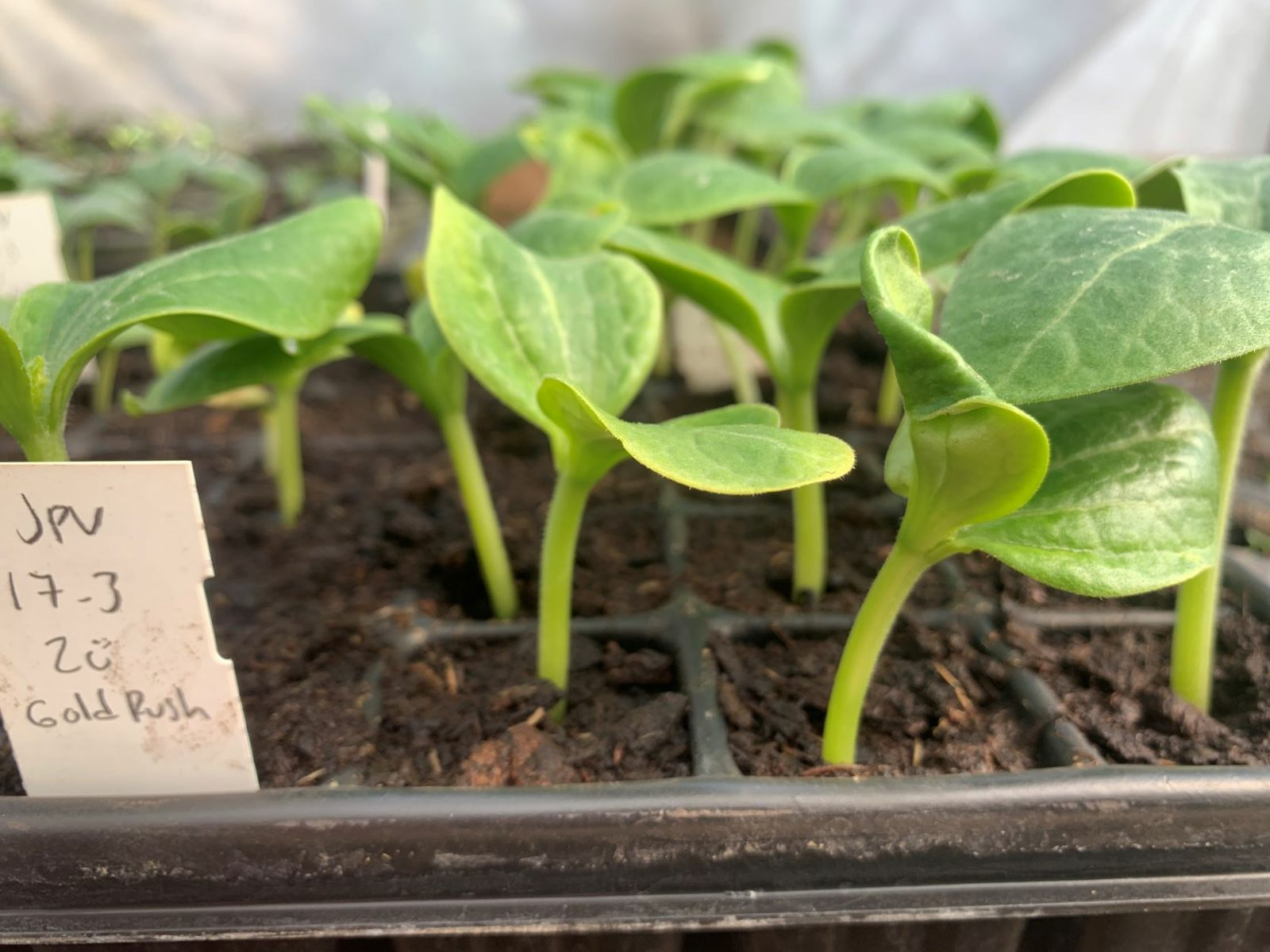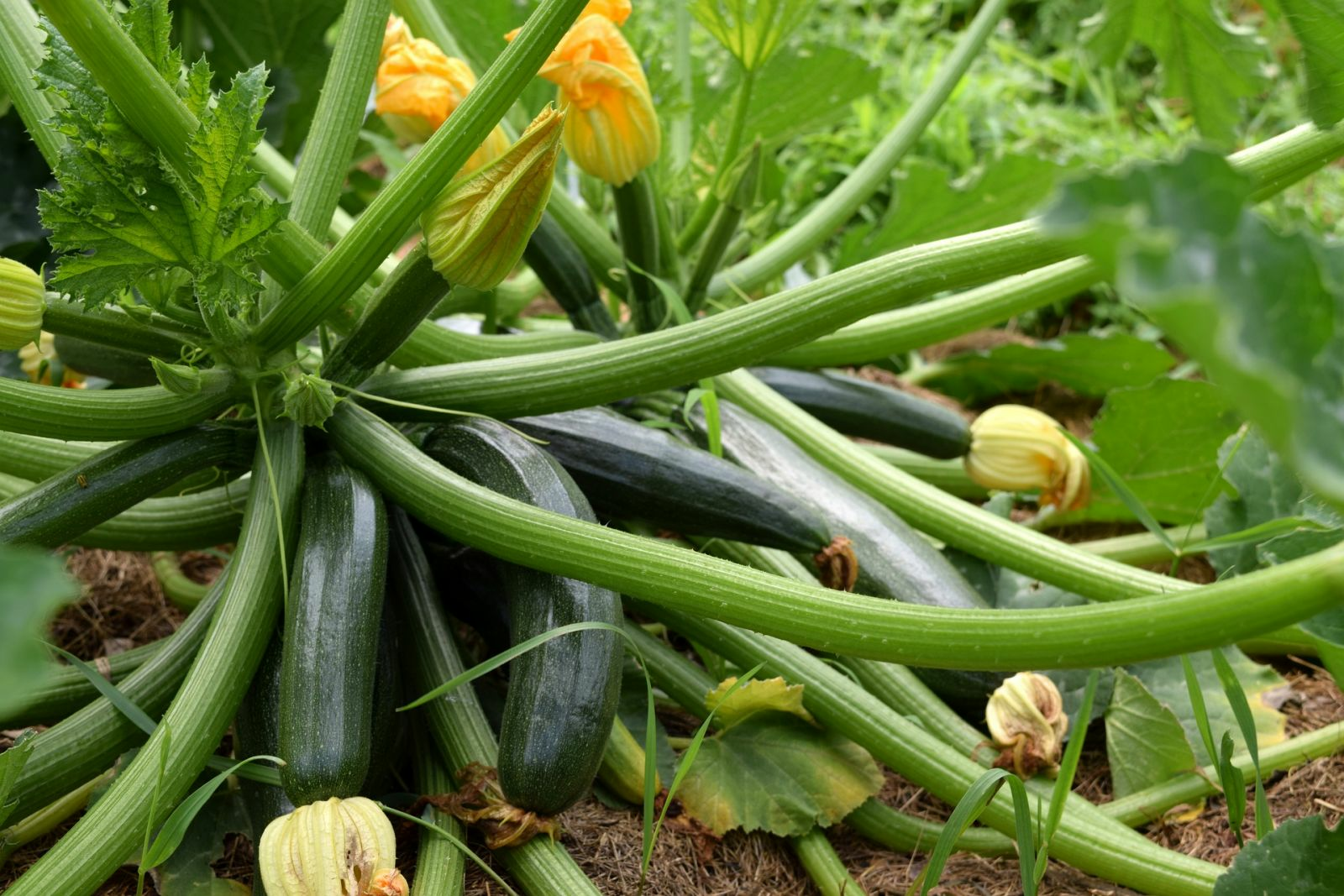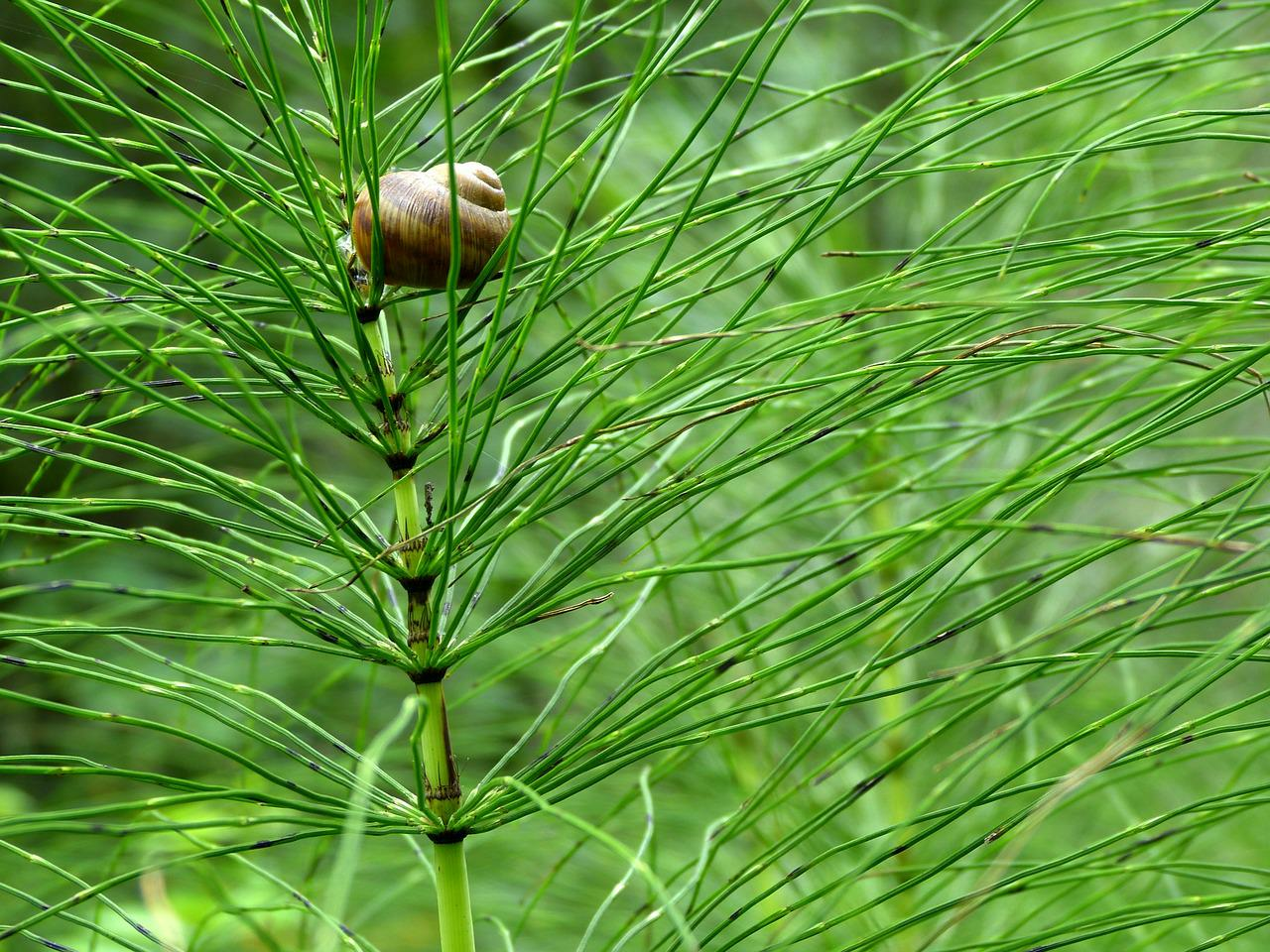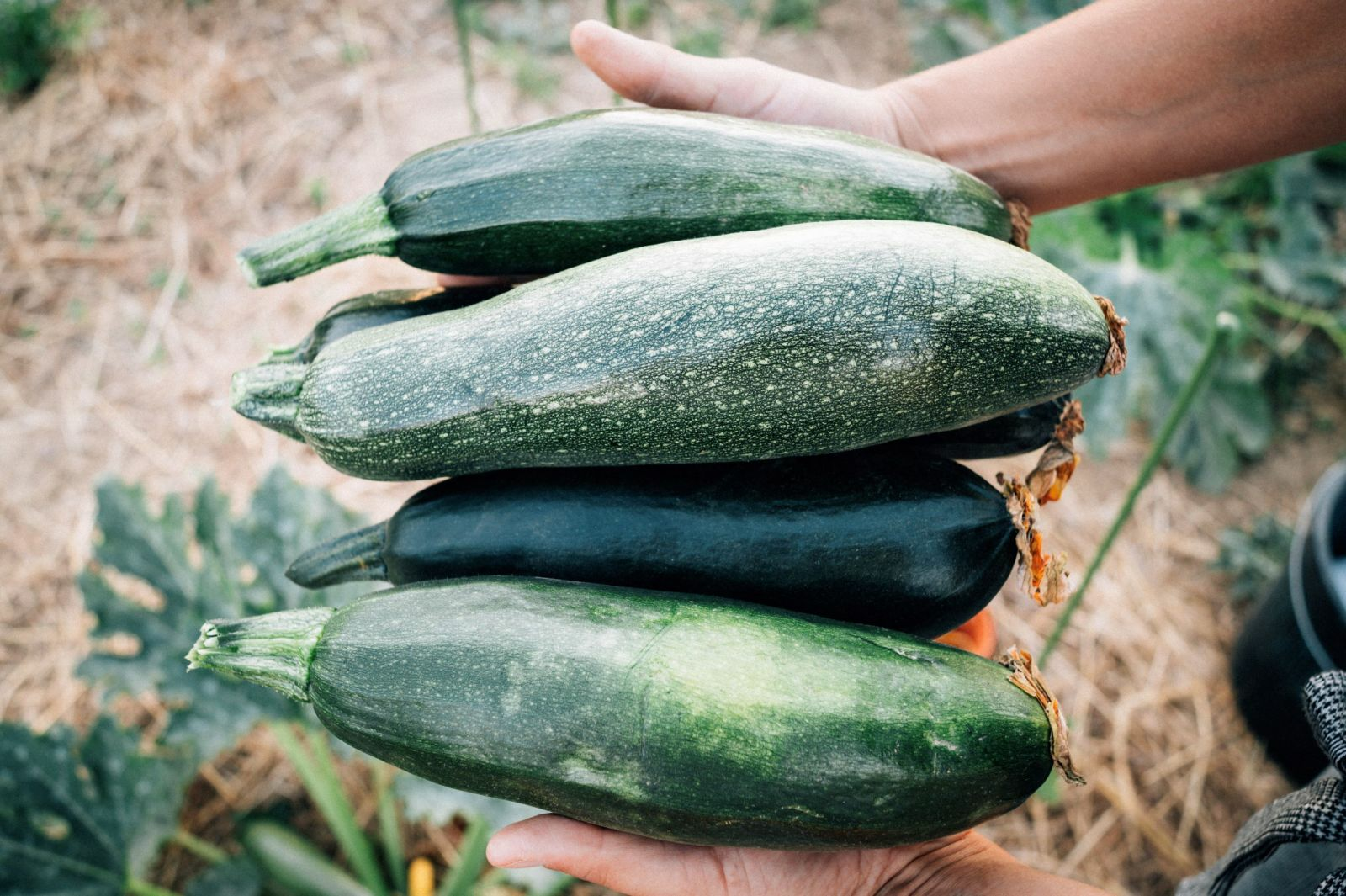Growing zucchinis
General information about zucchinis
Zucchinis, like cucumbers and pumpkins, belong to the gourd family. They are native to Central and South America. Zucchini plants therefore love a lot of warmth and moisture. The mostly bushy plants grow as annuals. Their fruits come in a wide variety of shapes and colors: In addition to the classic green, you can also discover white or yellow (striped) varieties.
Location

Zucchinis can be planted at the bottom of a compost, where they are supplied with plenty of nutrients. However, they can also be grown well in beds or on the patio in containers. When growing them in a bed, you should follow the rules of crop rotation and only plant a pumpkin plant again after a cultivation break of 4 years
- Good companion plants: beet, radish, radish, beans, peas, onions, lettuce, tomatoes, borage, cress, corn
- Bad companion plants: jerusalem artichoke
Sowing: The right time

- Cultivation: from April
- Planting out: after the Ice Saints in mid-May
- Direct sowing: from the beginning of May
Caring for zucchinis

- Water plants with diluted nettle slurry during the growing season (about 2 to 3 times at a ratio of approx. 1:10)
- Apply mulch and renew it regularly to replenish nutrients
- Water your zucchini plants regularly, as they don't like dryness at all
Diseases & pests

Zucchinis are relatively susceptible to fungal diseases (e.g. powdery mildew or gray mold). You can use horsetail broth as a natural remedy against fungi. Infected leaves and plant parts must be removed and disposed of (do not put them in the compost, as this can also become infected!)
Harvesting, storing & preserving

- Depending on the variety, harvest between July and October; simply cut the zucchinis with a sharp knife. Fresh zucchinis will keep for at least a week in cool rooms, larger fruits can also be stored for several weeks; the fruits must be undamaged for storage
- To preserve zucchinis for even longer, you can freeze or boil them.
Obtaining seed

Pumpkin plants like to crossbreed with each other, causing varieties to mix. To collect your own single-variety seeds, you need
- open-pollinated varieties
- sufficient distance from the next pumpkin plant or an isolation tunnel to prevent cross-pollination.
Otherwise, you risk collecting seeds that produce inedible and even poisonous fruit (keyword: cucurbitacin). To collect your own seeds, scrape the seeds out of the ripe fruit, place them in lukewarm water and leave them for a few days. Over time, the whole thing ferments and the pulp dissolves. Now you can rinse and dry the seeds.

